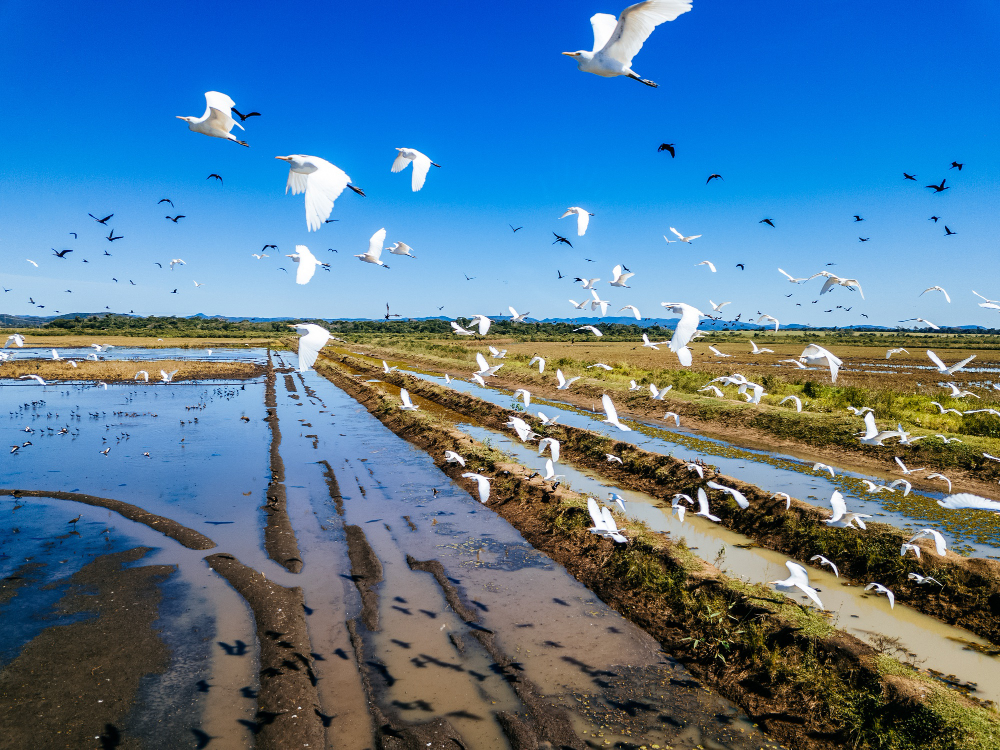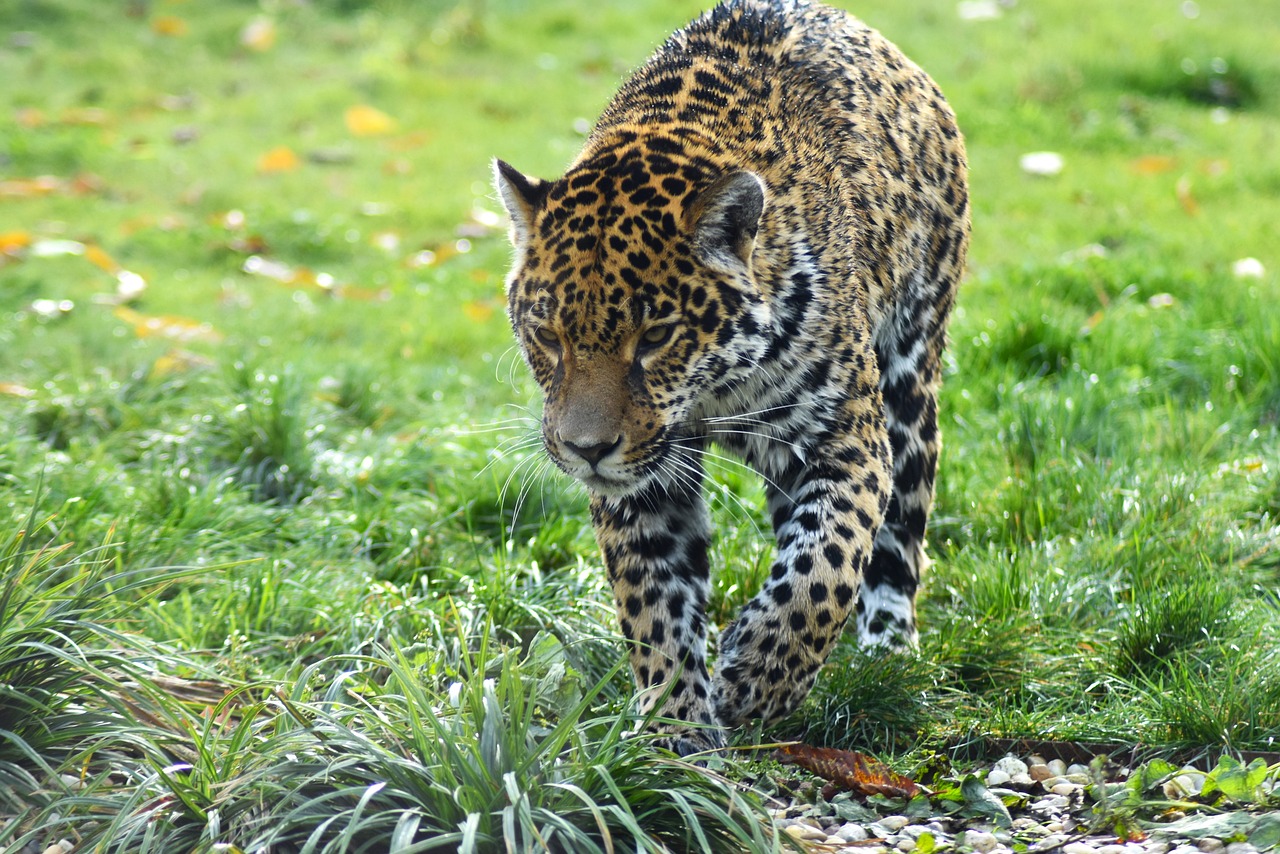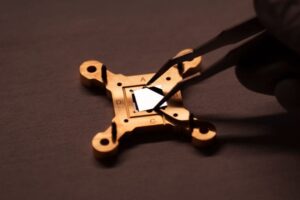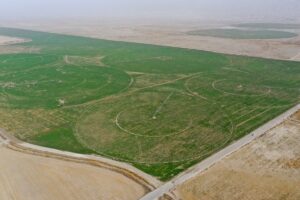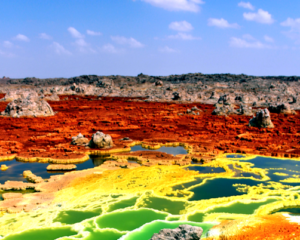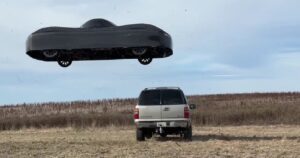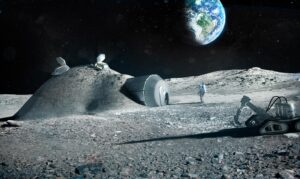The cosmos holds an eternal fascination for humanity, and the International Space Station (ISS) stands as one of humankind’s most remarkable achievements in exploring this vast frontier. Suspended in the inky void, the ISS orbits Earth at an altitude of approximately 400 kilometers (250 miles).
 Pin
Pin Image from Wikimedia Commons
For over two decades, it has served as a hub for scientific research, international collaboration, and the pursuit of knowledge. But have you ever wondered how this colossal structure remains in orbit without succumbing to Earth’s gravitational pull? The answer is a fascinating interplay of physics, engineering, and precise planning.
Table of Contents
A Marvel of Engineering and Physics
The International Space Station (ISS) is a monumental feat of human ingenuity and collaboration. It embodies decades of scientific progress and engineering precision, floating above our planet as a testament to what humanity can achieve. Spanning 109 meters from end to end, the ISS is as long as a football field and has a mass exceeding 420,000 kilograms. Despite its massive size and weight, it glides through the vacuum of space at an extraordinary velocity of 28,000 kilometers per hour (17,500 miles per hour). This high speed is not just an impressive number but a critical factor in its ability to stay in orbit.
At its core, the ISS operates under the fundamental laws of physics, particularly those governing gravity and motion. Earth’s gravitational pull, a force we experience every moment of our lives, doesn’t simply vanish in space. In fact, at the ISS’s altitude of around 400 kilometers above the surface, gravity still exerts about 90% of its surface-level strength. However, instead of pulling the station straight down, gravity plays a more nuanced role, partnering with the station’s velocity to create a delicate equilibrium that keeps it in orbit.
The Influence of Gravity
Gravity is a universal force that attracts all objects toward one another. Its strength depends on the mass of the objects involved and the distance between them. For the ISS, Earth’s gravity constantly pulls it toward the planet. Unlike what many assume, the station doesn’t “escape” this force; it is very much under its influence.
So why doesn’t the ISS crash into Earth? The answer lies in the concept of free fall. Imagine dropping an object from a height—it falls straight down due to gravity. Now imagine launching that object forward with immense speed. Instead of dropping straight down, it would curve as it falls, following a trajectory. If the speed is sufficient, the object’s trajectory will match the curvature of Earth, creating a circular or elliptical orbit. This is exactly what happens with the ISS: it is in a continuous state of free fall, perpetually falling toward Earth but never hitting it because its forward motion keeps it moving along Earth’s curve.
The Illusion of Weightlessness
This state of free fall is what creates the sensation of weightlessness experienced by astronauts aboard the ISS. Despite being under the influence of gravity, they feel as though they’re floating because both they and the station are accelerating toward Earth at the same rate. This shared motion cancels out the sensation of weight, creating a microgravity environment.
This environment is not just a fascinating phenomenon; it’s a valuable tool for scientific research. Experiments conducted in microgravity reveal insights that are impossible to achieve on Earth, from studying fluid dynamics and biological processes to testing materials and technologies for future space exploration.
Orbital Velocity: The Key to Stability
The ISS’s stability in orbit hinges on its precise speed, known as orbital velocity. This velocity is not arbitrary but a critical balance between two opposing forces: gravity pulling the station toward Earth and its forward motion pushing it away. If the ISS traveled any slower, gravity would overcome its forward momentum, and the station would descend toward the planet. On the other hand, if it traveled faster, it would escape Earth’s gravitational grip and drift into space.
The ideal orbital velocity for the ISS is approximately 7.66 kilometers per second, or 27,600 kilometers per hour. At this speed, the station completes one full orbit around Earth in just 90 minutes. This rapid orbit means that astronauts aboard the ISS witness 16 sunrises and sunsets every day—a phenomenon that serves as a constant reminder of their incredible vantage point above our planet.
Newton’s Cannonball and the Birth of Orbital Mechanics
The principles governing the ISS’s motion trace back to the groundbreaking work of Sir Isaac Newton in the 17th century. Newton’s thought experiment, often referred to as “Newton’s Cannonball,” imagined a cannon placed atop a very high mountain. If the cannon fired a ball with enough speed, the ball would follow a curved trajectory as it fell toward Earth. With sufficient velocity, this trajectory would match Earth’s curvature, allowing the ball to enter orbit rather than crash to the ground.
This simple yet profound idea laid the foundation for our understanding of orbital mechanics. It demonstrated that objects in orbit are essentially in free fall, their motion governed by the delicate interplay of gravity and velocity. Newton’s insights not only revolutionized science but also paved the way for humanity’s exploration of space, culminating in achievements like the ISS.
Engineering the Perfect Orbit
Building and maintaining the ISS required more than just an understanding of physics—it demanded engineering brilliance and international cooperation. The station’s altitude and speed were carefully chosen to balance several factors:
- Proximity to Earth: At 400 kilometers above the surface, the ISS is close enough for efficient communication and regular resupply missions while remaining above most of the atmosphere.
- Minimizing Atmospheric Drag: Although the ISS is above the denser layers of the atmosphere, it still encounters some atmospheric particles, creating drag. This drag slows the station over time, requiring periodic “reboosts” using thrusters or visiting spacecraft to maintain its altitude.
- Optimal Observation and Research: The station’s orbit allows it to cover nearly 90% of Earth’s surface, providing a unique vantage point for observing our planet and conducting scientific experiments.
Collaboration in Space
The International Space Station (ISS) stands as a shining beacon of international cooperation, embodying the collective ambition and ingenuity of humanity. With contributions from 15 countries, including the United States, Russia, Japan, Canada, and members of the European Space Agency (ESA), the ISS is more than just a scientific laboratory—it is a global partnership in the truest sense. This collaboration has transcended political, cultural, and geographical boundaries, uniting nations under the shared goal of advancing human knowledge and space exploration.
Each participating nation brings its unique strengths to the table. The United States, through NASA, provides critical modules like the Destiny Laboratory and key infrastructure. Russia contributes essential propulsion capabilities and Soyuz spacecraft for crew transport. Japan’s Kibo module facilitates advanced scientific research, while Canada’s Canadarm2 robotic system plays a pivotal role in assembly and maintenance. ESA’s Columbus module supports a wide range of experiments in microgravity. Together, these contributions create a cohesive whole, demonstrating that no single country could achieve such a monumental feat alone.
This spirit of collaboration extends to the daily operation and maintenance of the ISS. Ground control teams, located in multiple countries, work around the clock to monitor the station’s trajectory, systems, and activities. When the ISS requires a reboost to counteract atmospheric drag or an adjustment to avoid space debris, these maneuvers are carefully planned and executed in coordination among international teams. Supply missions, carried out by spacecraft like SpaceX’s Dragon, Northrop Grumman’s Cygnus, and Russia’s Progress, ensure that the station remains stocked with essentials. This intricate ballet of teamwork and technology underscores the extraordinary cooperation that keeps the ISS running smoothly.
The Challenges of Long-Term Orbit
Maintaining the ISS in orbit is no small task. While its position above Earth provides some relief from atmospheric pressures, it is far from a static environment. A host of challenges threaten its stability, requiring constant vigilance and precise interventions.
- Atmospheric Drag and Orbital Decay: Even at an altitude of 400 kilometers, the ISS encounters traces of Earth’s atmosphere. These residual atmospheric particles create drag, gradually slowing the station and lowering its orbit. Left unchecked, this orbital decay would cause the ISS to re-enter Earth’s denser atmosphere, where it would burn up. To counteract this, the ISS undergoes periodic reboosts, using onboard thrusters or visiting spacecraft to increase its altitude and maintain a stable orbit.
- Gravitational Perturbations: Earth’s gravity is not uniform. Variations in the planet’s mass distribution, combined with gravitational influences from the Moon and the Sun, cause subtle shifts in the ISS’s orbit. These perturbations must be carefully monitored and corrected to ensure the station remains in its designated path.
- The Threat of Space Debris: Perhaps the most immediate danger to the ISS comes from space debris. Thousands of fragments from defunct satellites, spent rocket stages, and other remnants of human activity orbit Earth at incredible speeds. Even a piece as small as a bolt can cause catastrophic damage if it collides with the station. To mitigate this risk, ground control teams use advanced tracking systems to monitor debris. When a potential collision is identified, the ISS performs a debris avoidance maneuver, altering its orbit slightly to steer clear of the hazard. These maneuvers are carefully calculated to minimize disruption to ongoing missions and ensure the safety of the crew.
Living in Microgravity
Life aboard the ISS is a unique and challenging experience. In the microgravity environment, where the effects of weight are negligible, every aspect of daily life changes. Simple tasks like eating, sleeping, and even moving require adaptation. Fluids behave unpredictably, forming floating spheres instead of flowing as they do on Earth. Astronauts must secure themselves while sleeping to avoid drifting, and even basic hygiene routines become complex.
One of the most significant challenges is the impact of microgravity on the human body. Without the constant pull of gravity, muscles and bones weaken over time, leading to a condition known as muscle atrophy and bone density loss. To counteract this, astronauts must follow rigorous exercise regimens using specialized equipment designed for space.
Despite these challenges, the microgravity environment provides unparalleled opportunities for scientific research. Experiments conducted aboard the ISS explore phenomena that cannot be studied on Earth. For example, researchers investigate how fluids mix and flow in microgravity, leading to advancements in fuel efficiency and manufacturing. Biological studies examine how microgravity affects cells, plants, and organisms, yielding insights that could improve medical treatments and agricultural practices.
The ISS serves as a testbed for technologies and procedures that will be essential for future space missions. From life support systems to radiation shielding, the lessons learned on the ISS will directly inform the design of spacecraft for journeys to the Moon, Mars, and beyond.
The Future of the ISS
As the ISS approaches the end of its operational life, discussions about its future are well underway. Initially planned for a 15-year mission, the station has exceeded expectations, operating continuously since its first module was launched in 1998. However, wear and tear, coupled with the high costs of maintenance, mean that its days are numbered.
Plans are in place to transition from the ISS to commercial space stations and other platforms. Companies like Axiom Space and Blue Origin are developing private space habitats that could continue the ISS’s legacy of research and exploration. These platforms aim to provide a more sustainable and cost-effective approach to maintaining a human presence in low Earth orbit.
While the ISS may eventually be decommissioned, its impact will endure. It has laid the groundwork for international collaboration in space and advanced our understanding of living and working in microgravity. The knowledge gained from the ISS will be instrumental in the next era of space exploration, as humanity sets its sights on establishing a permanent presence on the Moon, sending astronauts to Mars, and venturing deeper into the cosmos.
Conclusion
The International Space Station stays aloft not because it defies gravity, but because it masterfully harnesses it. By achieving the perfect balance between gravitational pull and orbital velocity, it remains a beacon of human achievement, orbiting our planet like a celestial lighthouse. Its presence in the sky reminds us of our capacity for exploration, innovation, and cooperation. As we gaze upward, let us marvel not only at the mysteries of space but also at the brilliance of those who work tirelessly to unravel them.

